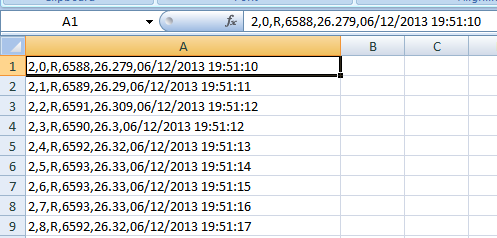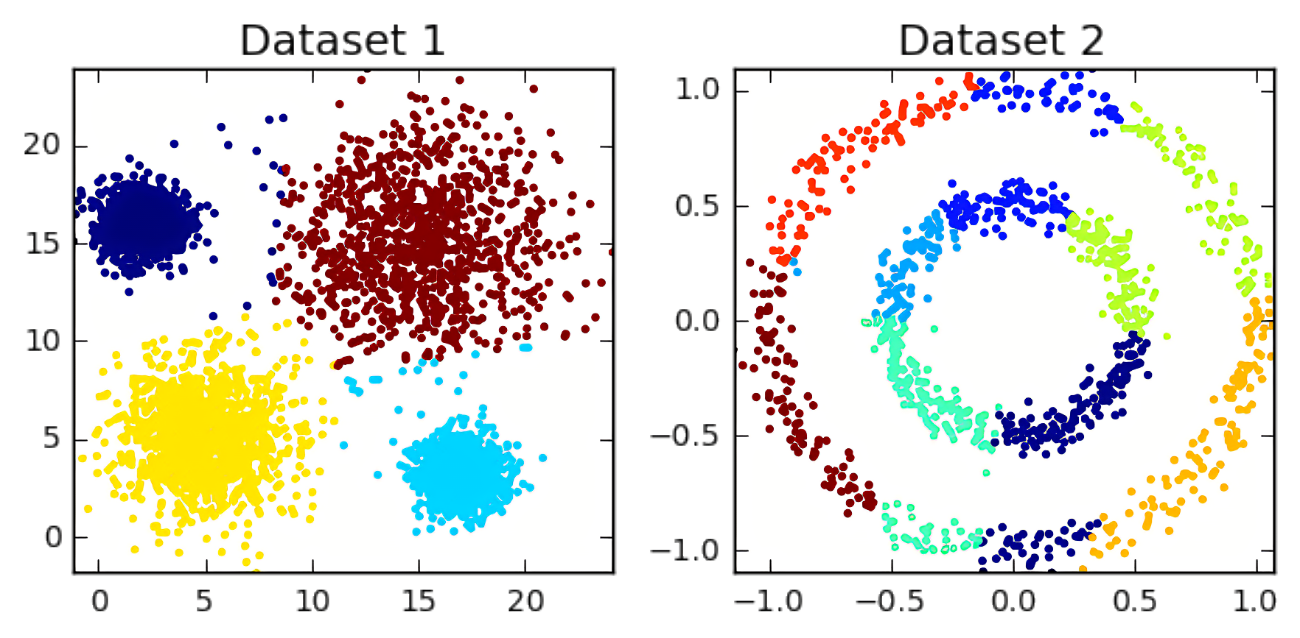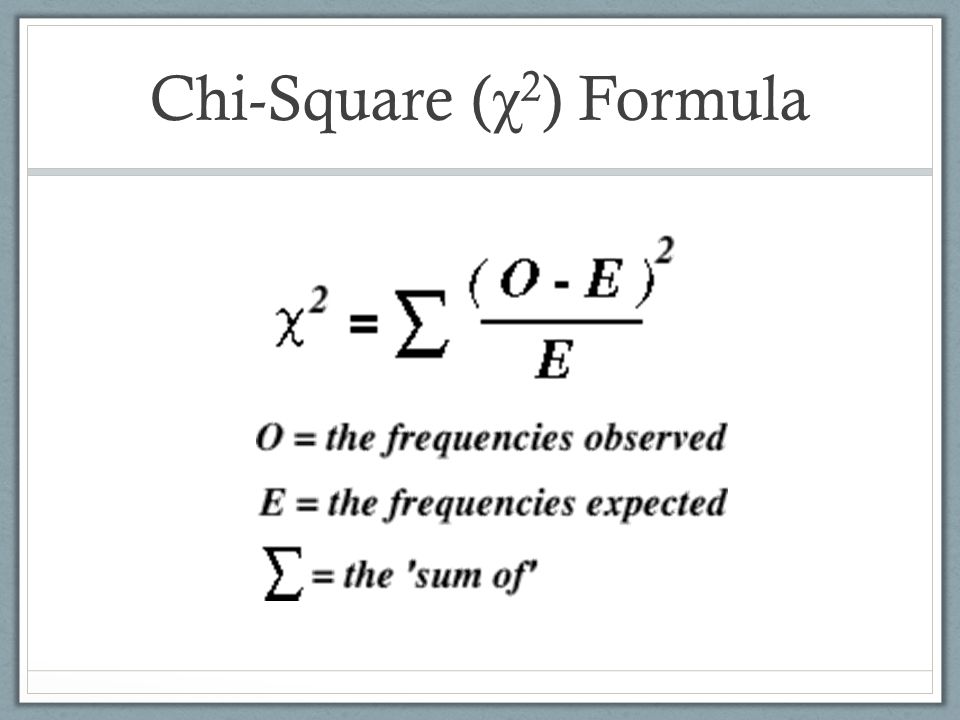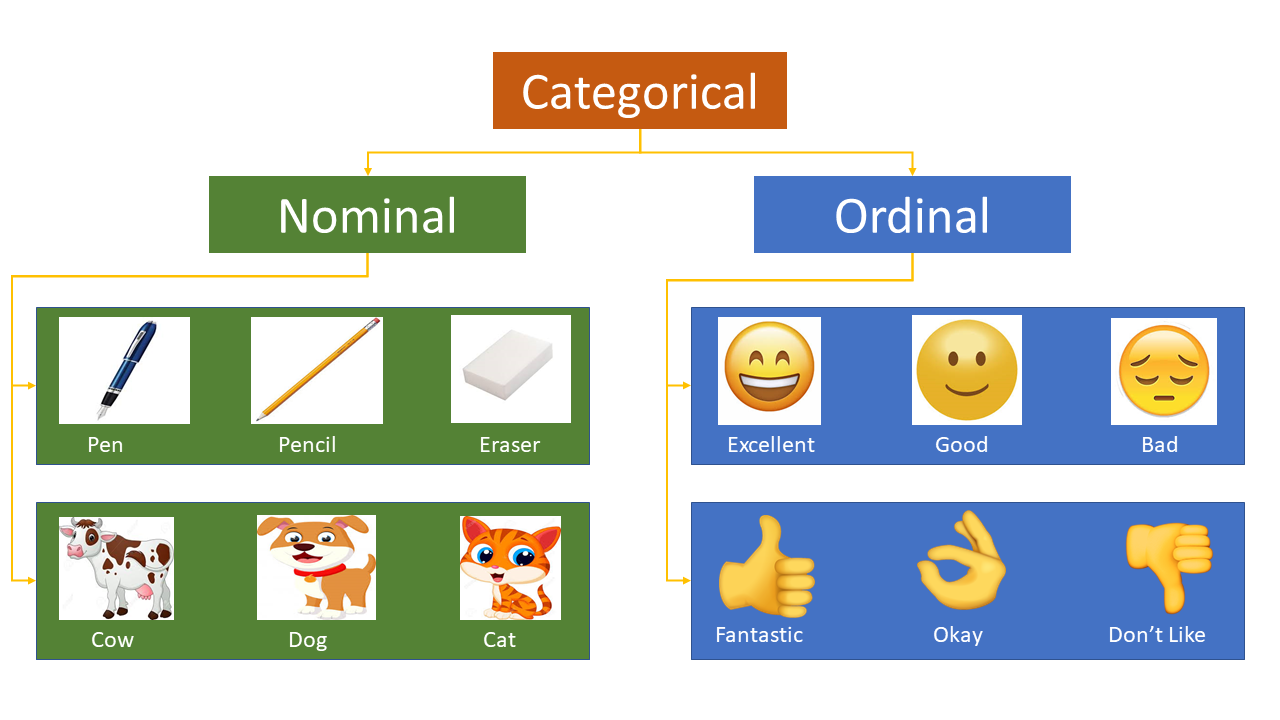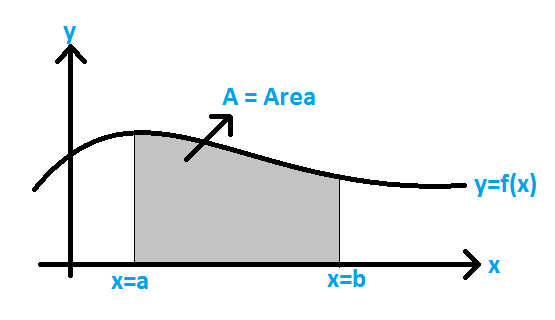Computer Vision
Computer Vision is an area of computer science that deals with enabling computers to understand and interpret visual data, such as images and videos. It involves the development of algorithms and techniques to extract useful information from these data sources, enabling machines to “see” the world around them in a similar way that humans do. […]


